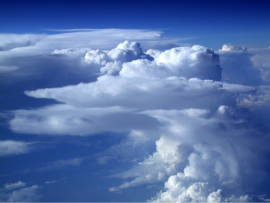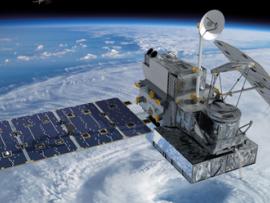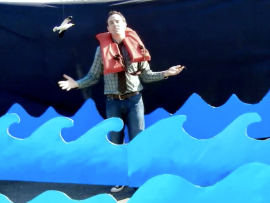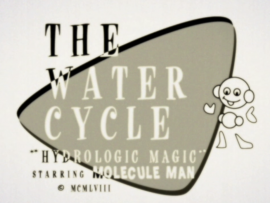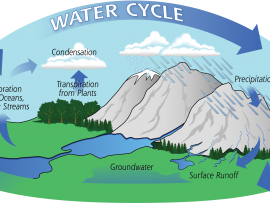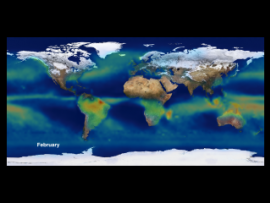Browse Water Cycle Resources
Browse Water Cycle Resources
Primary Topic:
Subtopics:
Type:
Standards:
Keywords:
Summary:
In this lesson, students will explore (through labs, videos, and a simulation) how energy from the sun is absorbed, reflected and radiated back out into space as part of the Earth’s energy budget.
Primary Topic:
Subtopics:
Type:
Keywords:
Summary:
This lesson helps students learn about the atmosphere by making observations and taking measurements.
Primary Topic:
Subtopics:
Type:
Standards:
Summary:
This video, "Our Wet Wide World", provides an overview of the Global Precipitation Measurement Mission and its goals.
Primary Topic:
Subtopics:
Type:
Standards:
Keywords:
Summary:
The short video, 'For Good Measure' explains why scientists turn to satellites to get a worldwide view of rainfall.
Primary Topic:
Subtopics:
Type:
Keywords:
Summary:
This video (4:56) uses a combination of cartoon characters, a scientist, and a series of different Earth-observing satellites with data animations to teach the various parts of the water cycle.
Primary Topic:
Subtopics:
Type:
Summary:
In this webquest, you will learn a little about the GPM mission, and then will focus on the Earth’s water cycle.
Primary Topic:
Subtopics:
Type:
Standards:
Keywords:
Summary:
The animations in this group show the long-term average sea surface temperature, the long term average sea surface salinity, and the the long term average sea surface density.
Primary Topic:
Subtopics:
Type:
Standards:
Keywords:
Summary:
The oceans are mostly composed of warm salty water near the surface over cold, less salty water in the ocean depths. These two regions don't mix except in certain special areas, which creates a large slow current called the thermohaline circulation.
Primary Topic:
Subtopics:
Type:
Keywords:
Summary:
This animation of global precipitation from the Global Precipitation Climatology Project (GPCP) cycles through climatology data for each month of the year and then repeats the cycle twice.
Primary Topic:
Subtopics:
Type:
Keywords:
Summary:
Ocean circulation plays a key role in distributing solar energy and maintaining climate, by moving heat from Earth's equator to the poles. Aquarius salinity data, combined with data from other sensors, will give us a clearer picture of how the ocean works



